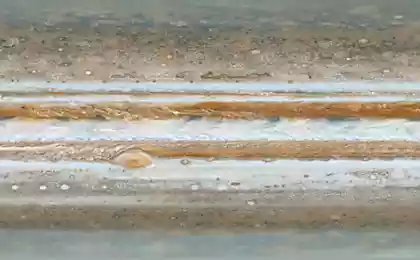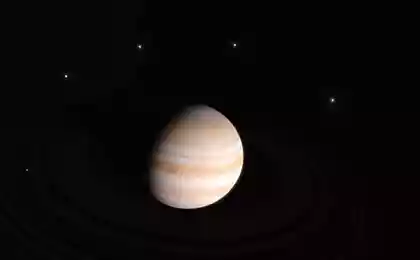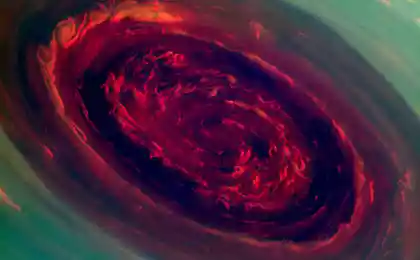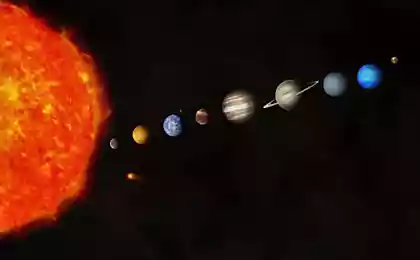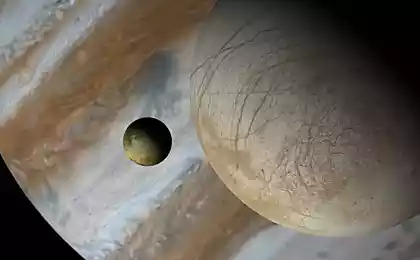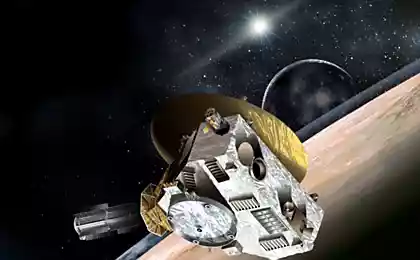1028
Jupiter's Great Red Spot (5 photos)
Great Red Spot on Jupiter - the biggest and endless storm for hundreds of years in the solar system!
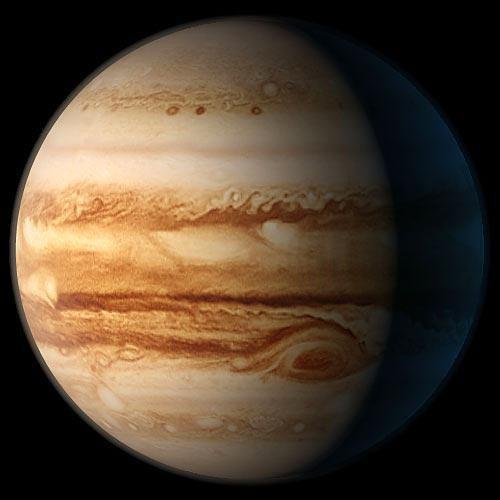
BCP was discovered by Giovanni Cassini in 1665. Detail noted in the records of Robert Hooke in 1664, can also be identified as the BCP. Before the flight "Voyager" many astronomers believed that the spot has a solid nature.
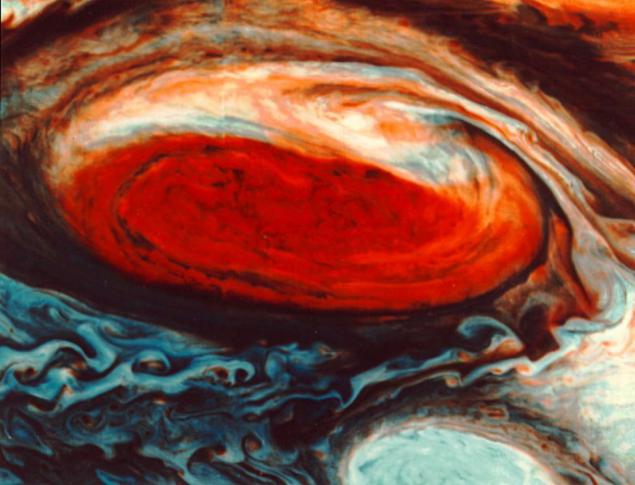
Its dimensions are changing, and it can reach up to 40 000 km in length and 14 000 km in width. Along its length could accommodate three planets the size of Earth. This huge whirlwind raging for at least 340 years already, since, as telescopes become powerful enough to see it from Earth, but perhaps it is there much longer. It rotates counterclockwise at a speed of about 435 km / h. Bright orange spot, apparently due to the presence of sulfur and phosphorus in the atmosphere.

Astronomers have peered inside the Great Red Spot. High-quality infrared photography with several telescopes allowed to make a new discovery: the orange "eye" in the center of heated a few degrees more than the rest of the stain. What is the nature of this anomaly?
The nature of this anomaly remains to be established, but it is clear that this seemingly small difference is able to provide a stable circulation of gas flows.
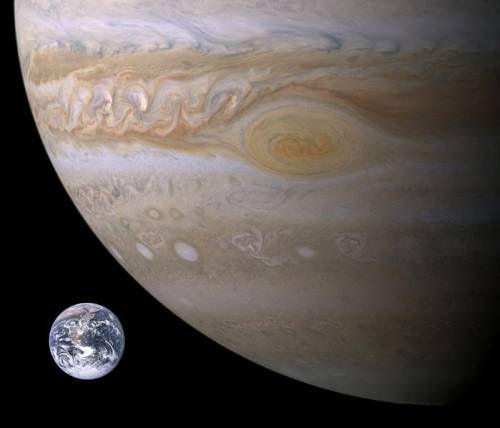
Recent studies have allowed astronomers to detect a hot twist. In particular, the core is warm spots painted in intense red color. The difference in temperature is about 3-4 degrees Kelvin. It is because of the temperature difference between the center and the outer parts of the Great Red Spot gas circulation has a different direction in the center they rotate clockwise and the outside - against. The researchers also found that the edges of the hurricane there cold eddies, and in these places gases fall down.
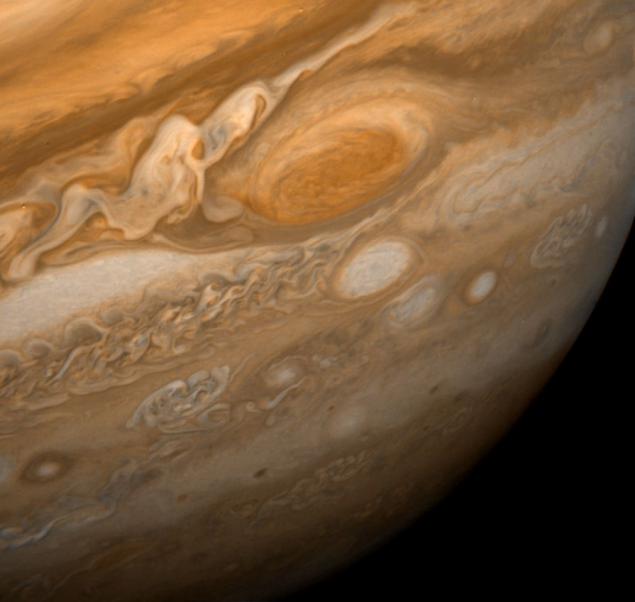

BCP was discovered by Giovanni Cassini in 1665. Detail noted in the records of Robert Hooke in 1664, can also be identified as the BCP. Before the flight "Voyager" many astronomers believed that the spot has a solid nature.

Its dimensions are changing, and it can reach up to 40 000 km in length and 14 000 km in width. Along its length could accommodate three planets the size of Earth. This huge whirlwind raging for at least 340 years already, since, as telescopes become powerful enough to see it from Earth, but perhaps it is there much longer. It rotates counterclockwise at a speed of about 435 km / h. Bright orange spot, apparently due to the presence of sulfur and phosphorus in the atmosphere.

Astronomers have peered inside the Great Red Spot. High-quality infrared photography with several telescopes allowed to make a new discovery: the orange "eye" in the center of heated a few degrees more than the rest of the stain. What is the nature of this anomaly?
The nature of this anomaly remains to be established, but it is clear that this seemingly small difference is able to provide a stable circulation of gas flows.

Recent studies have allowed astronomers to detect a hot twist. In particular, the core is warm spots painted in intense red color. The difference in temperature is about 3-4 degrees Kelvin. It is because of the temperature difference between the center and the outer parts of the Great Red Spot gas circulation has a different direction in the center they rotate clockwise and the outside - against. The researchers also found that the edges of the hurricane there cold eddies, and in these places gases fall down.


